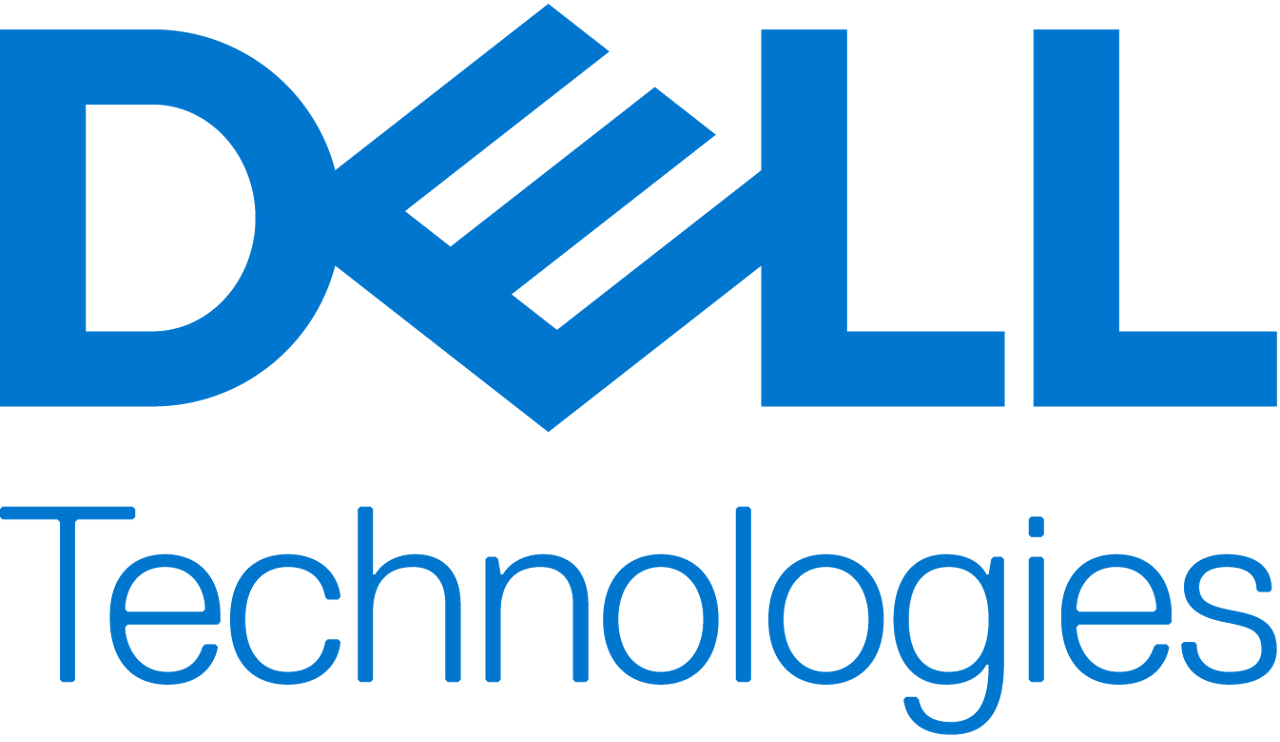
Although the words “augmented reality” and “virtual reality” might evoke images of a dizzying video game, AR and VR technologies have evolved greatly over the years to become useful and sophisticated tools for businesses of all sizes. By allowing customers to experience products and services in an innovative way—sometimes from the comfort of their own home—businesses can boost sales and stand out from the competition. AR and VR can also be used in a variety of industries to help train or guide employees with precise 3D technology. According to a report by GetApp, around 35% of small and midsized businesses plan on implementing VR or AR technology in 2021.
Dell offers a variety of workstations and headsets that can help you provide exciting AR and VR experiences. Read on to learn more about AR and VR and get a rundown of some of Dell’s top products in this space.
What are VR and AR?
Virtual reality and augmented reality have some key differences: VR completely transforms the world around you to create a whole new reality, while AR enhances the real world by adding computer-generated digital content into your environment, such as images, sound or text. In other words, augmented reality adds to your existing reality, while virtual reality completely replaces it.
Virtual reality typically requires a headset that provides a fully simulated experience. Augmented reality can be experienced on a headset or sometimes with just a smartphone. (The popular Pokémon Go game is an example of augmented reality; it allows people to go out into the physical world and use their existing smartphone technology, such as GPS and cameras, to capture “monsters” that appear on screen.)
Businesses can use both AR and VR in a variety of ways. For instance, AR can allow customers to see how a product looks in their home by simply using their smartphone. “If they’re buying a sofa, they’ll know if it fits in the room, so they’re more comfortable hitting ‘buy’ because they’ve seen it in their environment,” said Gary Radburn, Dell’s director of virtual and augmented reality. “Retailers that are using AR find that they’re getting increased sales because people are feeling more familiar and comfortable with their purchase.” VR can also improve sales experiences. For instance, customers who are car shopping can put on a headset and get a 360-degree view of car models in various colors and other options that might not be available at the showroom, allowing them to see exactly what they want before making a purchase. In the architectural/design space, VR can immerse clients in a fully interactive 3D environment, allowing them to view what a building will look like as if they’re standing inside of it.
Retailers that are using AR find that they’re getting increased sales because people are feeling more familiar and comfortable with their purchase.
Gary Radburn, director of virtual and augmented reality, Dell
Precision workstations by Dell
Dell workstations powerful enough to support VR are stamped with the “Ready for VR” badge, meaning their systems are packed with leading graphics cards and processors that meet a set of standards required for a top-tier virtual experience. “Dell didn’t just run artificial tests on machines with this logo—we actually had an engineer test them out to make sure the customer would have a good experience,” said Radburn.
Dell’s line of “Ready for VR” Precision workstations are a good option for businesses and come in mobile and tower options. “We’ve got various models from our 3000 series, our 5000 series, and 7000 series, with graphics cards that will support VR all the way up,” said Radburn. Here are a few workstations consider:
Precision 3240 Compact
This ultra-small form factor workstation is ideal for space-constrained and minimalist workspaces. Featuring NVIDIA graphics, the latest Intel Core or Xeon processors and AI-based optimization, it can be used across several industries. For instance, it can provide energy companies the ability to offer their users a comprehensive platform for interpretation, drilling, mapping, smart grid analytics and modeling capabilities. In the financial world, it can empower traders and analysts to utilize the industry’s latest emerging technologies such as VR and AI to accelerate performance/productivity for training, research and data analysis.
Precision 5750
This thin and light 17-inch mobile workstation offers portability and mobility. It also features NVIDIA graphics, the latest Intel Core or Xeon processors and AI-based optimization. In the engineering/manufacturing sector, for example, Dell’s Precision 5750 can deliver scalable performance for visualization applications. In healthcare, it can allow surgeons to create fully immersive AR and VR content to help plan and prepare for surgery.
Precision 7920
Dell’s most powerful workstation, the Precision 7920 Tower is ready for complex projects, including virtual reality workflows with the highest-performing NVIDIA Quadro RTX graphics. It also features the latest Intel Core and Xeon processors. In the world of media and entertainment, for example, it can be used for video editing by dramatically improving real-time playback and offline rendering, using dedicated professional graphics cards.
Headsets sold by Dell
A virtual reality headset is a device similar to a thick set of goggles that is placed over your eyes to allow you to see a realistic three-dimensional world. These images are adjusted as you move, using a tracking system connected to a computer. Dell has partnered with top electronics companies to offer a variety of headsets that provide excellent virtual experiences. Here are some to consider:
- HTC VIVE Pro Eye Kit: This ergonomic and adjustable headset system features high-resolution AMOLED screens that deliver clear resolution and lifelike immersion, while real-time mapping lets you see what your users see as they see it. Precision eye-tracking supports deeper immersion with room-scale tracking, creating a realistic virtual experience. Active noise canceling keeps viewers involved with the program and not the outside world.
- HTC VIVE Focus Plus VR Headset: Featuring a lightweight, portable design, you can pack this headset with your sales presentation to add an immersive angle to pitches or design work. Dual cameras deliver a wide-angle view for a lifelike experience of graphics and text. Without the need to be tethered to a computer, it is ideal for conference presentations, conventions and showroom use.







